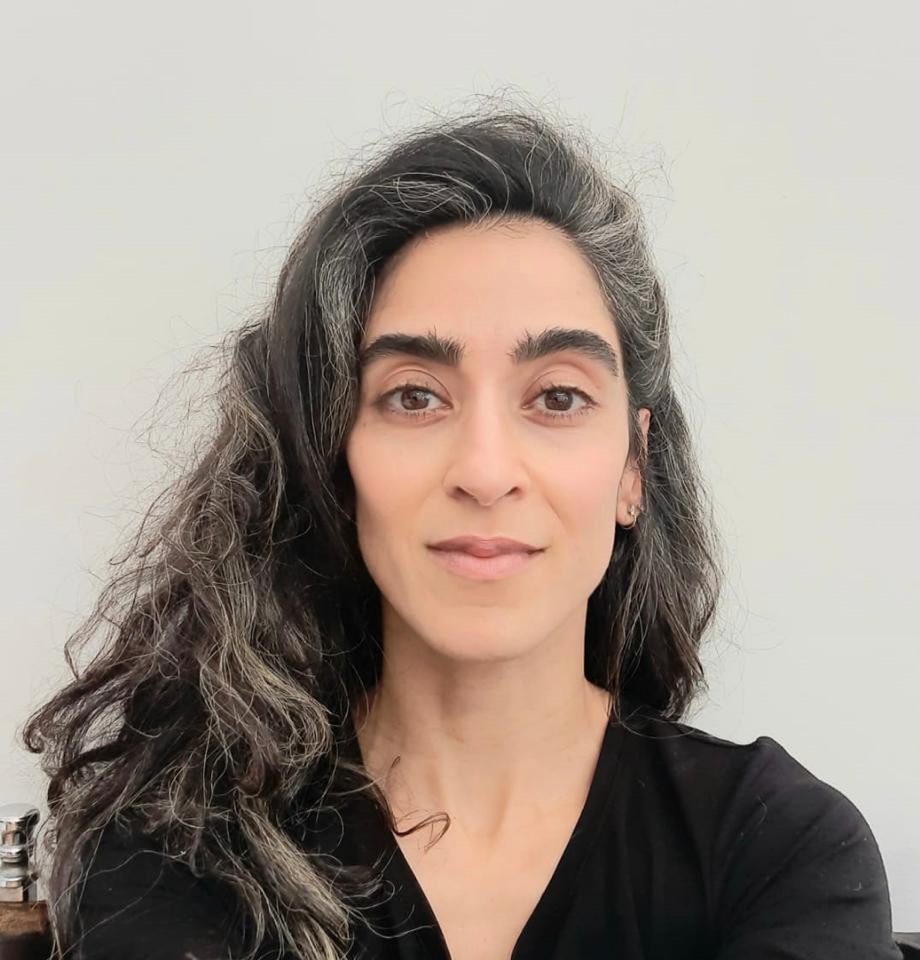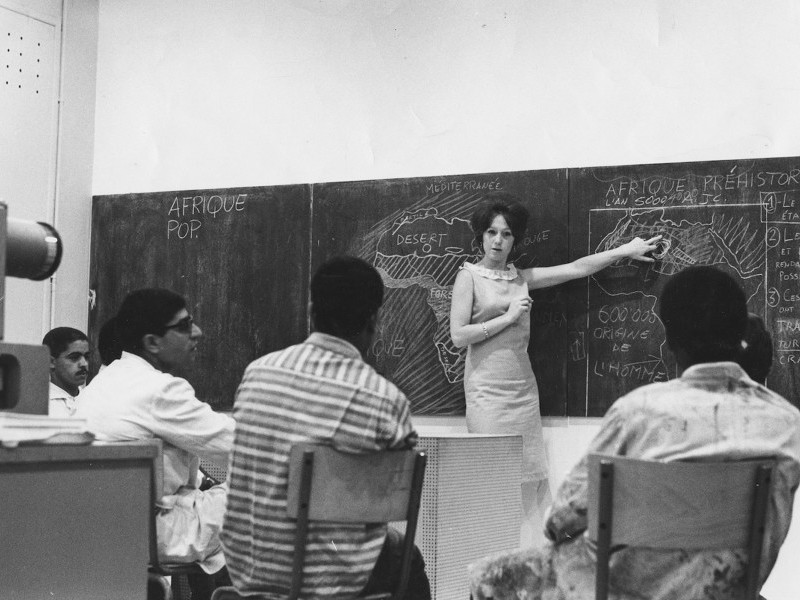

Biography
An independent curator and researcher, Fatima-Zahra Lakrissa is interested in the layered subjectivities of European modern art history and the construction of Moroccan modernism through the works of artists engaging with the vernacular. Her research is oriented towards the sociology and history of the artistic avant-garde in Morocco during the 1960s and 1970s. Lakrissa also studies contemporary art practices that tend to reorganise relations between rural and urban areas, scholarly and popular culture and crafts and fine arts, and analyses the new patrimonial and historiographical perspectives they reflect.
Her curatorial projects include À l’épreuve du tamis, LE 18, Marrakech (2020); Belkahia contemporain, Artorium, Casablanca (2019) and Ahmed Cherkaoui. Entre modernité et enracinement, Musée Mohammed VI, Rabat (2018). She was also the associate curator for L’École des beaux-arts de Casablanca: Belkahia, Chabâa, Melehi. La fabrique de l’art et de l’histoire, 6th Marrakesh Biennial (2016).
Lakrissa is an alumni of Independent Curators International’s Curatorial Intensive programme in Marrakech (2015). She participated in the launch of the Mohamed VI Museum of Modern and Contemporary Art (MMVI) as an intern at the National Foundation of Museums where she joined the team of researchers entrusted with the preparation of the inaugural exhibition (2012). She stayed on at the MMVI as the person in charge of cultural programming (2013–2018).
She holds a BA in Fashion Design, a BA in Art History and an MA in Art History from the Université du Québec à Montréal (2005, 2009 and 2012 respectively).
Lakrissa was born in 1976 in Rabat where she continues to live and work.
SAF participation:
School of Casablanca
Related Content

School of Casablanca
KW Institute for Contemporary Art and Sharjah Art Foundation, in collaboration with Goethe-Institut Marokko, ThinkArt and Zamân Books & Curating have initiated the School of Casablanca, a collaborative project that takes as its starting point the legacy of the Casablanca Art School and its innovative pedagogical methods and exhibition strategies in 1960s Morocco.
